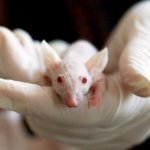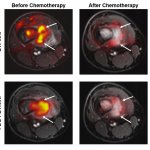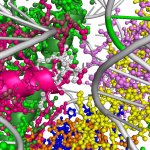
News • Léopold Griffuel Award
Childhood cancer research: Award for Stefan Pfister
Stefan Pfister, a director of the Hopp Children’s Cancer Center Heidelberg (KiTZ), a department head at the German Cancer Research Center (DKFZ) and a pediatric oncologist at University Hospital Heidelberg (UKHD), has received the Léopold Griffuel Award from Fondation ARC, the French cancer research foundation. The prize, worth EUR 150,000 in Basic Research category, is one of the highest…


























